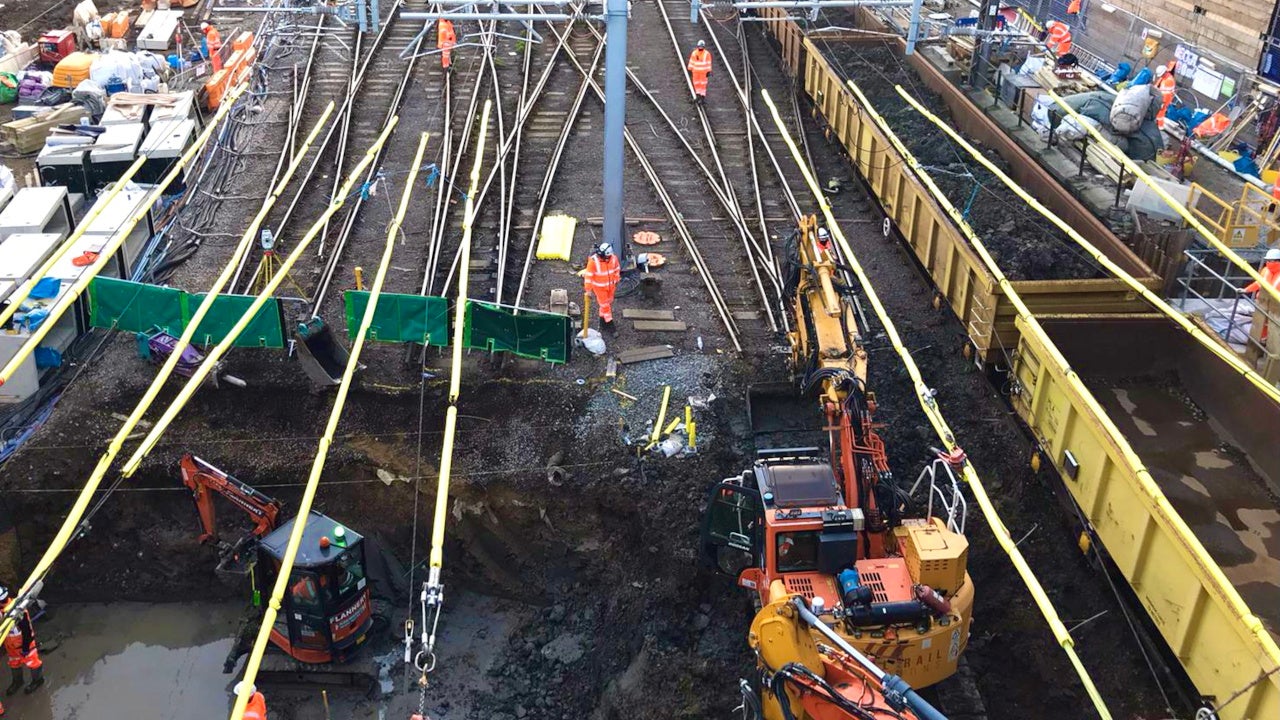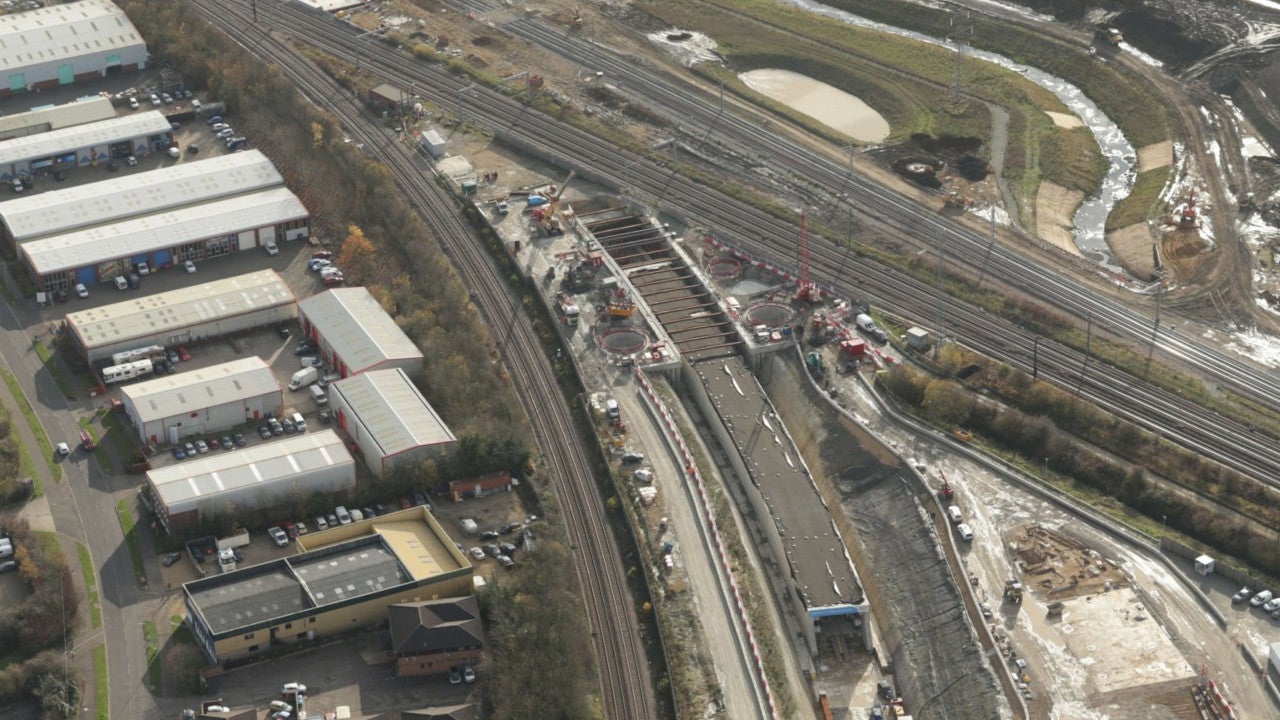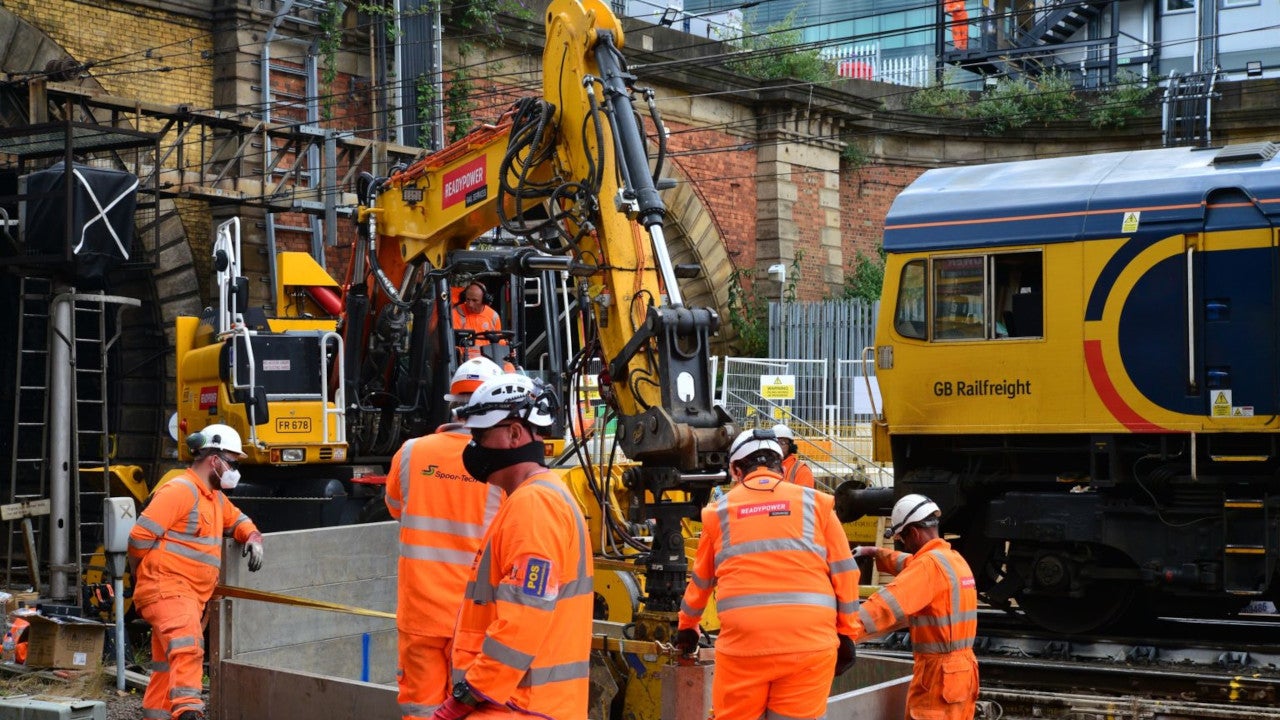The East Coast upgrade is a major improvement programme being carried out to important sections of the East Coast Main Line (ECML) to serve the increasing passenger volumes. ECML is a strategic rail link in the UK railway network, transporting more than 20 million passengers a year.
Being implemented by Network Rail, the rail upgrade will improve the journey for passengers travelling between London, Cambridgeshire, the north of England and Scotland by creating a modern and reliable railway.
It will reduce the travel time across the route and increase the seating capacity on some of the UK’s busiest long-distance services. Some of the key components of the ECML upgrade project will include works at King’s Cross, Stevenage, Werrington, in addition to power supply upgrade.
The UK Government will invest £1.2bn ($1.62bn) between 2014 and 2024 for the upgrade of ECML. In June 2020, the UK Government announced an additional investment of £350m ($432.09m) for the installation of real-time digital signalling on part of ECML.
ECML will become Britain’s first mainline digital rail link following the completion of the digital signalling project. The new technology will allow signallers to track each train throughout the journey.
King’s Cross station upgrade
King’s Cross is undergoing a transformation as it is close to the end of its operational life. The upgrade will enable easier movement of trains coming in and out of the King’s Cross station by improving the layout of tracks. The third Gasworks tunnel will be reopened to allow the addition of two more tracks on the approach to the station.
The existing signalling system between King’s Cross and Peterborough is being shifted from the local King’s Cross signal box to the new railway operations centre located in York. The central Camden sewer is being diverted and rebuilt.
Stevenage Station
A 126m-long platform and 2km of dedicated new track were built at Stevenage to allow more frequent services on the Stevenage-Hertford North line, while freeing up capacity on the East Coast Main Line. Construction works of the £40m ($52.33m) project began in early 2019 and the new platform at the station was opened in August 2020.
Amenities at the new platform include a passenger lift, stairs, ticket vending machine, extended station footbridge, seating, waiting rooms and improved traincrew facilities.
Werrington grade separation
A new two-track railway line at Werrington, north of Peterborough, is being built under the ECML to increase capacity for passenger trains on the route.
A new tunnel is being constructed to separate slow-moving freight from long-distance passenger trains to improve the reliability of service. It will eliminate the time constraints due to slower freight trains on the Great North Great Eastern (GNGE) route that crosses over the high-speed lines of the East Coast Main Line at Werrington Junction. The new dive-under will create an alternative route as the new two-track railway will run below the ECML.
Construction of the northern ramp and tunnelling was completed. The separation involves the boring of two 168m-long guide tunnels underneath the operational railway. The southern ramp of the tunnel is being constructed, with piling works completed in August 2020.
In January 2021, Network Rail announced the installation of an 11,000t tunnel curved concrete structure under ECML.
ECML power supply upgrade
ECML power supply upgrade is being carried out by the Rail Electrification Alliance (REAL) which comprises Network Rail, VolkerRail, J Murphy and Sons, TSP Projects, Siemens, and Jacobs.
The ECML power supply upgrade project will involve new sub-stations, 1,600km of cabling and overhead power line equipment.
It allows the launch of more electric trains which are quieter and environmentally friendly, as well as new trains, such as the Azuma.
The project is being implemented in two phases. Phase one began in 2014 and includes the section between Wood Green, London to Bawtry. Completed works include the installation of 23 substations, 600km of new cabling, creation of structures to support overhead line equipment and a new 400kv connection to the main national grid.
The second phase will improve power supply of the ECML on the route between Bawtry and Edinburgh. Feeder and substations will be installed along the route, along with capacity upgrades, a new 132kv connection at Hambleton junction, as well as improvements to existing power supply connections.
Phase two will see the installation of 27 new traction substations, and laying of 1,000km of new cabling.
In November 2020, the University of Leeds and REAL signed a £10m ($12.99m) co-investment agreement to conduct research to identify the most efficient way of managing the flow of electrical power onto the ECML route.
Contractors involved
AmcoGiffen received a contract for the installation of signalling power supplies at all interlockings on the Edinburgh-Berwick route.










